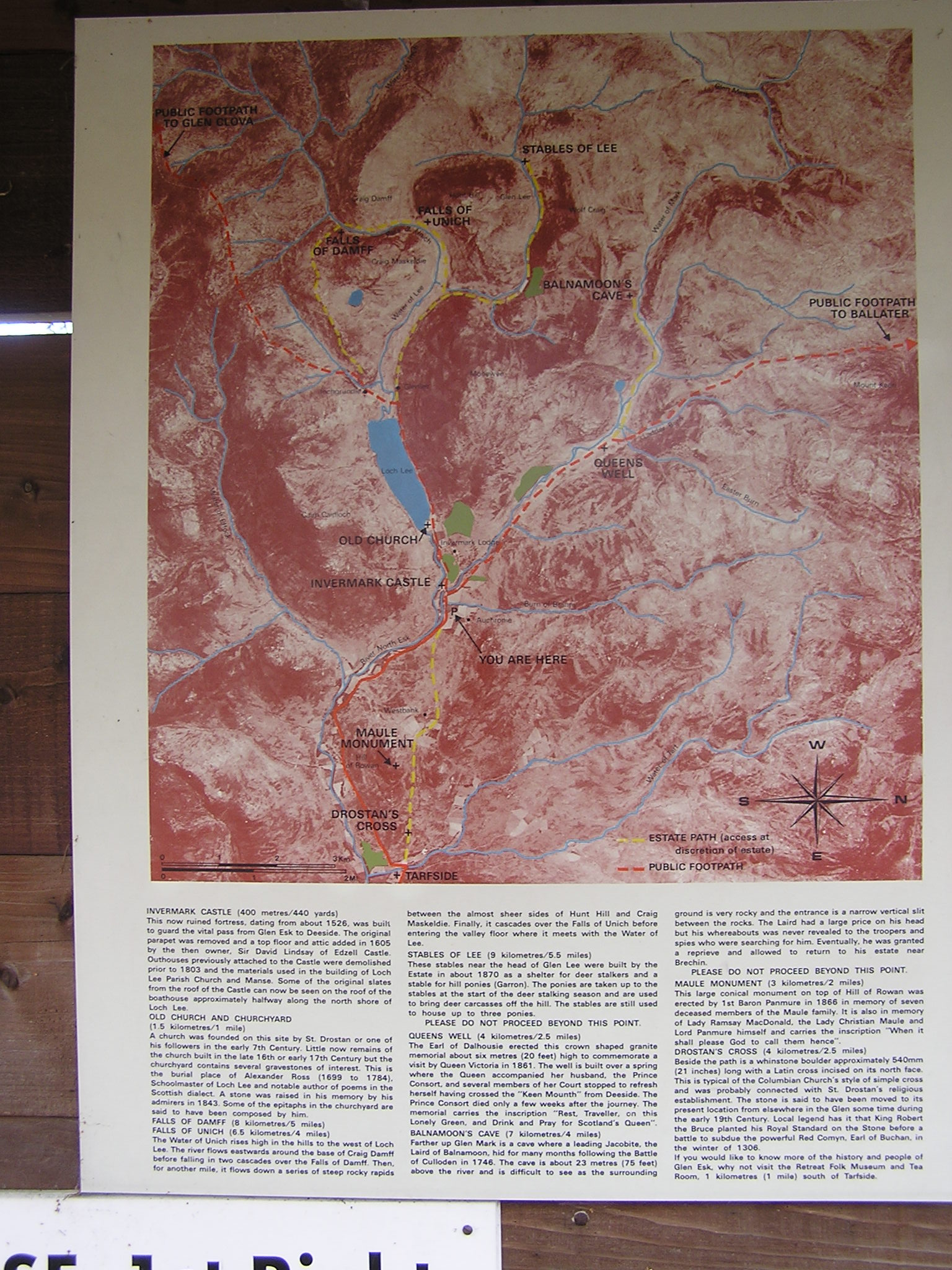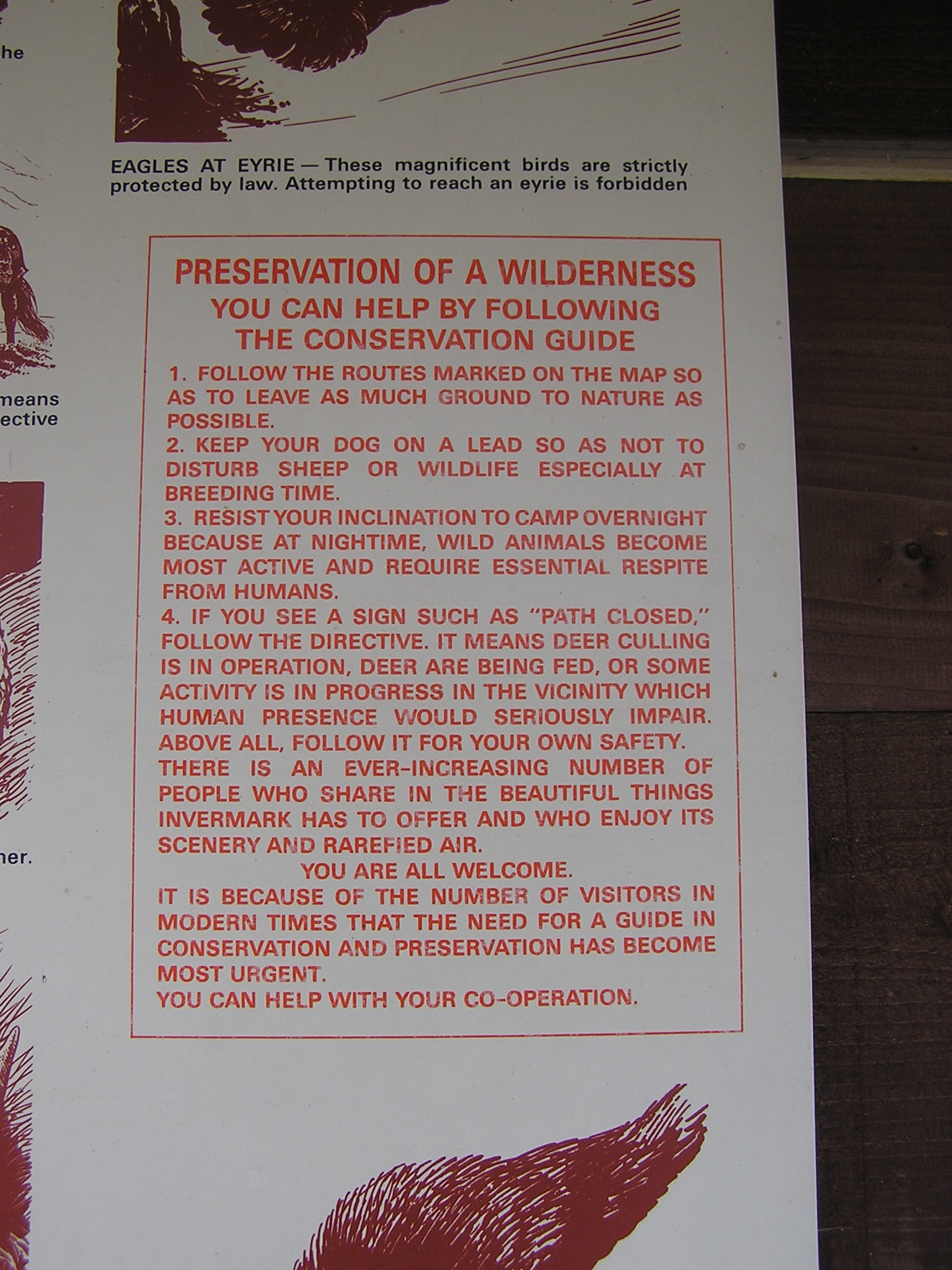Raptor Persecution Scotland published a piece today about the BBC Countryfile programme at the weekend on the Invermark Estate and the recent history of persecution in the Angus glens. The list of crimes, most never “solved” or brought to justice is horrific. In the interests of accuracy though its worth stating the vast majority of incidents that have been recorded took place on other estates and outwith the National Park boundary. The BBC presenter however did not even ask Invermark how raptor persecution by these other estates affected the wildlife part of its business.
By chance earlier this week I came across these photos of estate signs from Invermark taken in 2005.


In support of Raptor Persecution Scotland’s case, I would suggest the only reason for such signs is that greater visitor numbers increases the likelihood that the public will come across evidence of illegal activities. Evidence from the past that the Invermark Estate is perhaps not as pro-wildlife as portrayed by the BBC and a very strong reason to preserve access rights. Note how the estate was anti-camping (just like the Loch Lomond and Trossachs National Park Authority, which is strongly supported by Scottish Land and Estates). I suggest a major reason for this is that campers are out in the field for far longer than walkers and therefore far more likely to come across evidence of raptor persecution.
The BBC missed another angle on Invermark. All the estates within the Cairngorms National Park have been asked to produce estate management statements and Invermark was one of the estates that did so (many did not). The Invermark Estate Management Statement makes interesting reading, not for what it says, but what is left out:
- There is no mention that much of the Invermark Estate is part of the Cairngorms Special Protection Area designated for its golden eagles (the BBC should have asked, if hare numbers had increased on the estate as claimed in Countryfile, whether eagle numbers had too and if not why not)
- There is no mention of predator or vermin control. So, which species do the estate regard as vermin and control as such?
- There is no mention of red deer numbers, what the estate believes as a sustainable number and how these will be controlled (not surprising perhaps because the estate factor, Richard Cooke was long the secretary of the Association of Deer Management Groups which has done such an effective job lobbying politicians in Scotland to prevent any effective controls on deer numbers).
- There is no mention of how the grouse moors will be managed, such as the extent of burning and medication of grouse
- Or, one might add, from the two events that Raptor Persecution Scotland’s have listed as taking place on the estate, what it might do to prevent destruction of peregrine’s nests (as happened in 2004) and to protect trees where raptor are or have nested (January 2013 White Tailed Eagle nest tree felled). Evidence of estate determination to stamp out such practice could include contracts of employment that clearly describe such actions as gross misconduct which would lead to instant dismissal.
While the Cairngorms National Park Authority was no doubt well intentioned when it asked the estates within the National Park to produce management statements, by publishing statements such as that from Invermark, it has in effect endorsed them. This, I suggest, undermines the statutory conservation purpose of the National Park because there is complete avoidance of almost all the things that matter from a conservation perspective – and the Invermark Estate Statement is typical in this respect.
The solution is for the CNPA to lead by example and require management statements from ALL estates within the National Park setting out how they will meet the Park’s conservation objectives and putting in place sanctions for those that fail to do so. Part of every statement should include what the estate will do to prevent raptor persecution. Such statements should form part of a much wider plan of action to address raptor persecution and other conservation failures which I have outlined in previous posts https://parkswatchscotland.co.uk/2016/03/25/stop-raptor-persecution-cairngorms-national-park/